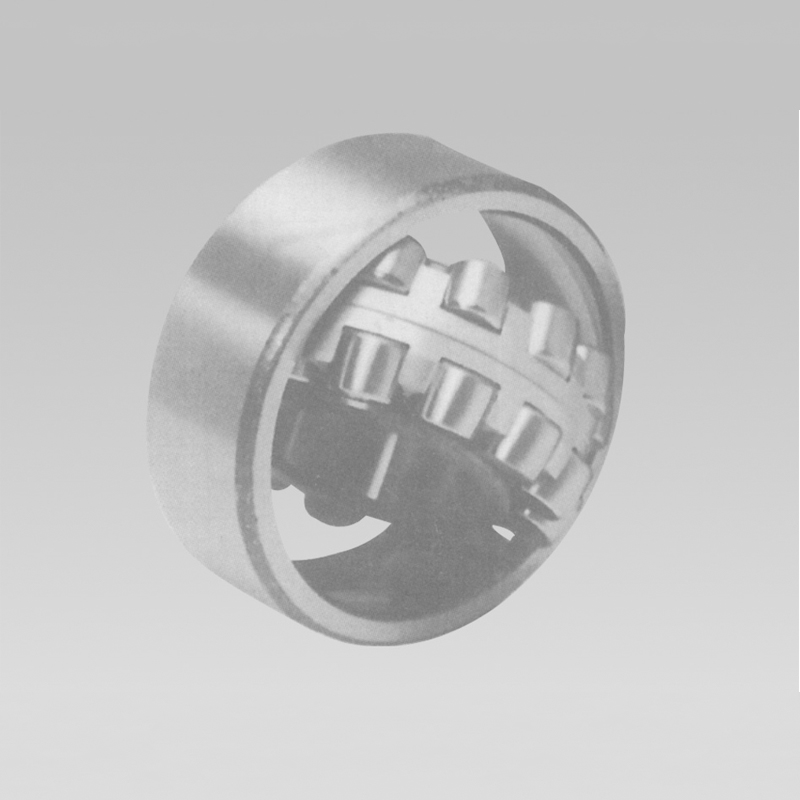
Dec . 02, 2024 02:31 Back to list
deep groove ball bearing sizes
Deep Groove Ball Bearing Sizes A Comprehensive Overview
Deep groove ball bearings are one of the most commonly used types of rolling bearings. They are designed to provide smooth and efficient rotational motion in a variety of applications, from simple household appliances to complex industrial machinery. Understanding the various sizes and specifications of deep groove ball bearings is crucial for selecting the right one for your specific needs. This article delves into the dimensions, designations, and applications of deep groove ball bearing sizes.
Understanding Deep Groove Ball Bearings
Deep groove ball bearings consist of an inner ring, an outer ring, a set of balls, and a cage that keeps the balls evenly spaced. The outer ring has a groove that is deeper than that of standard ball bearings, allowing it to accommodate radial and axial loads in both directions. This flexibility makes them suitable for various applications, including electric motors, automotive components, and industrial machinery.
Size Designations
The sizes of deep groove ball bearings are typically designated by a numerical code that includes the bearing's inner diameter (ID), outer diameter (OD), and width. The most common international standard for bearing sizes is defined by the International Organization for Standardization (ISO). For example, a bearing labeled 6000 will have an ID of 10 mm, an OD of 26 mm, and a width of 8 mm, while a bearing labeled 6200 will have an ID of 10 mm, an OD of 30 mm, and a width of 9 mm.
The suffixes in the designation often provide additional details about the bearing's features. For instance, ZZ indicates that the bearing has metal shields to protect it from dirt and debris, while 2RS signifies rubber seals on both sides to provide better protection against contaminants.
Common Size Ranges
Deep groove ball bearings come in various sizes to meet different application requirements. They range from miniature bearings with an ID as small as 1 mm to larger sizes with IDs exceeding 300 mm. The most commonly used sizes fall between 10 mm and 50 mm in inner diameter. Standard series such as the 6000, 6200, and 6300 series are widely utilized across multiple industries.
deep groove ball bearing sizes

Considerations for Selection
When selecting a deep groove ball bearing, consider the following factors
1. Load Capacity Determine the radial and axial loads the bearing will be subjected to in your application. Choose a bearing that meets or exceeds these load requirements to ensure longevity and performance.
2. Speed Rating Each bearing type has a maximum speed rating, which is essential for applications that involve high rotational speeds. Exceeding this limit can lead to premature failure.
3. Lubrication Proper lubrication is key to the effective functioning of deep groove ball bearings. Depending on the application, you may choose pre-lubricated bearings or options that require additional lubrication.
4. Environmental Conditions Consider the operating environment, including temperature extremes, exposure to moisture, and contaminants. Certain seal and shield options provide better protection in harsh conditions.
Conclusion
Deep groove ball bearings are an essential component in a vast range of mechanical systems, thanks to their versatility and reliability. Understanding the various sizes, designations, and selection criteria for these bearings enables engineers and manufacturers to make informed decisions that enhance the performance and longevity of their products. By carefully considering the application requirements, you can ensure the optimal choice of bearing size and type, ultimately leading to more efficient and effective machinery operation.
Latest news
-
Grooved Ball Bearing Design and Functionality
NewsJun.04,2025
-
Concrete Mixer Bearing Load Capacity Testing
NewsJun.04,2025
-
6004 Bearing Dimensions in Robotic Joint Designs
NewsJun.04,2025
-
Advantages of Single-Row Deep Groove Ball Bearings
NewsJun.04,2025
-
Applications of Deep Groove Ball Bearings in Automotive Systems
NewsJun.04,2025
-
Innovations in Bearing Pressing Machine Design
NewsJun.04,2025
